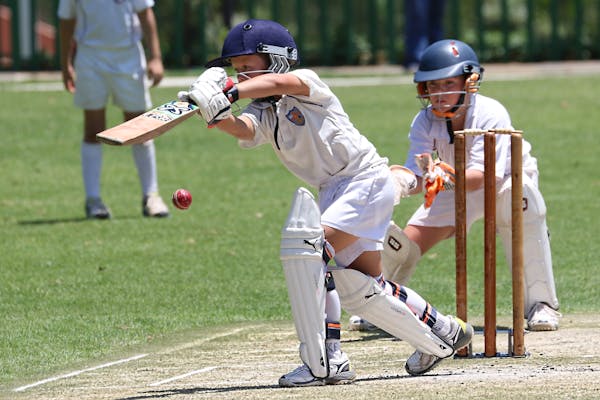The Economics of Player Salaries in Cricket Leagues
goldbet login, tiger exchange login password, betbook247 login:Cricket leagues have become increasingly popular in recent years, not only for fans but also for players who see it as an opportunity to showcase their skills and earn lucrative contracts. The economics of player salaries in these leagues is a fascinating topic that involves a combination of factors such as player performance, market demand, sponsorship deals, and revenue sharing agreements.
Player salaries in cricket leagues can vary significantly depending on the league, the team, and the player’s experience and skill level. In leagues such as the Indian Premier League (IPL) or the Big Bash League (BBL), top players can earn millions of dollars through contracts, sponsorships, and endorsements. These salaries are often determined through player auctions where teams bid for the rights to sign a player for a specific period.
One of the key factors that drive player salaries in cricket leagues is performance. Players who consistently perform well and help their team win matches are more likely to attract higher salaries and lucrative endorsement deals. For example, players like Virat Kohli, AB de Villiers, and Chris Gayle have become household names not only for their on-field exploits but also for their commercial appeal.
Market demand also plays a significant role in determining player salaries in cricket leagues. Teams are willing to pay top dollar for marquee players who can attract fans to the stadiums and television viewership. A player’s popularity on social media, ability to connect with fans, and marketability all contribute to their earning potential in the league.
Sponsorship deals are another important factor that can impact player salaries in cricket leagues. Players who have personal endorsements with brands can supplement their salary from playing contracts with additional income. For example, MS Dhoni’s endorsement deals with multiple brands have made him one of the highest-earning cricketers in the world despite retiring from international cricket.
Revenue sharing agreements between the league and the teams also play a role in determining player salaries. Leagues like the IPL have a revenue-sharing model where a portion of the league’s earnings is distributed among the teams. This allows teams to pay higher salaries to their players depending on their share of the revenue pool.
In conclusion, the economics of player salaries in cricket leagues is a complex interplay of player performance, market demand, sponsorship deals, and revenue sharing agreements. Top players can earn millions of dollars through contracts, sponsorships, and endorsements, making cricket leagues a lucrative career option for talented cricketers.
—
Key Factors Driving Player Salaries in Cricket Leagues
Player Performance
Market Demand
Sponsorship Deals
Revenue Sharing Agreements
—
FAQs
Q: Do players in cricket leagues earn more than international cricketers?
A: It depends on the league and the player’s popularity. Some top players in leagues like the IPL can earn more than international cricketers through contracts and endorsements.
Q: How do player auctions work in cricket leagues?
A: Player auctions are events where teams bid for the rights to sign a player for a specific period. The highest bidder gets the player’s services for the league season.
Q: Can players earn more from endorsements than from playing contracts?
A: Yes, players with lucrative endorsement deals can earn more from sponsorships than from their playing contracts. Endorsements with popular brands can be highly lucrative for top players.







